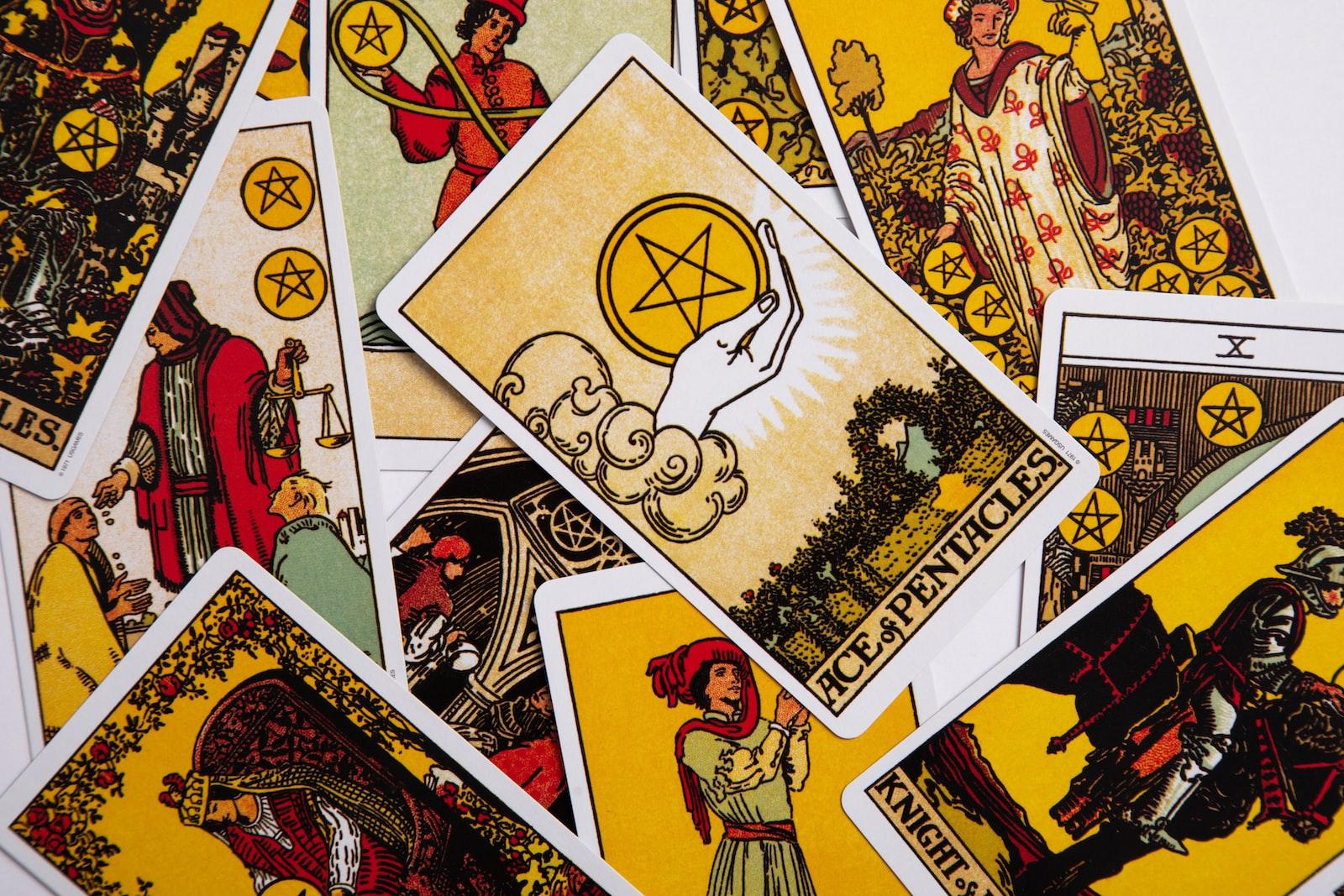
For over four thousand years, a group of enigmatic deities known as the Anunnaki have loomed large in the mythology...
Stay ahead of the curve and educate yourself with our latest blog post. Explore now and elevate your knowledge! ⇢

For over four thousand years, a group of enigmatic deities known as the Anunnaki have loomed large in the mythology...
— ADVERTISEMENT —

In your reading of books on spirituality, sex, and healing in the New Age literature department of the bookshop, you’ve definitely come across exotic-sounding terminologies like chakra, prana, aura, and tantra. But what’s the real story behind these strange words? Are All Energy Healings the Same? Pranic healing, an ancient Hindu concept of energy healing, refers to chakras as energy centers. Prana is the Sanskrit word for “vital energy.” Another term associated with pranic healing is aura. The aura is a non-physical body made up of energy that coexists with our physical body. According to popular belief, the aura that...

Festivals have been crucial in human civilization, reflecting the spiritual, social, and cultural aspects of ancient societies. These celebrations served as acts of reverence to deities influencing life. From Egypt to Mesoamerica, they showcased humanity's connection to the divine, filled with rich symbolism and tradition.

In the vast tapestry of ancient mythology and religious texts, few figures captivate the imagination quite like Azazel, the enigmatic demon shrouded in mystery and intrigue. Across various cultures and traditions, Azazel has emerged as a symbol of temptation, a scapegoat for human frailty, and a mysterious entity embodying the darker aspects of the human psyche. In this deep-dive exploration, we embark on a journey to uncover the origins, characteristics, and cultural significance of Azazel, delving into the rich tapestry of myth and legend that surrounds this compelling figure. Origins and Mythological Background Azazel’s presence in ancient mythology spans across...

Amber is one of the world’s oldest and most valuable gems, a “Gold of the Sea” produced by light and life, maintained by time, and washed up on the shores for humanity, a symbol of beauty, protection, and rebirth. It has been depicted as drops of the sun, tears of the gods, hardened honey, and sunlight solidifying, and it is as sought after today as it was in the most ancient cultures, having been used as far back as the Stone Age for its pleasing warmth of color, value in adornment, and magical and medicinal properties. Amber is an organic...

Tarot astrology is a system in which a reading of tarot deck cards can help you get through difficult times by reflecting on your history, present, and future. Because each card corresponds to a planet, element, or astrological sign, tarot is strongly linked to astrology. Tarot cards are used for divination, which is sometimes referred to as fortune-telling. Many psychologists, however, have utilized them as well, believing that the cards encourage patients to explore their feelings about themselves. This is accomplished by using the subconscious mind. Let’s say you’re aware that things at work aren’t going well, but you refuse...
— ADVERTISEMENT —